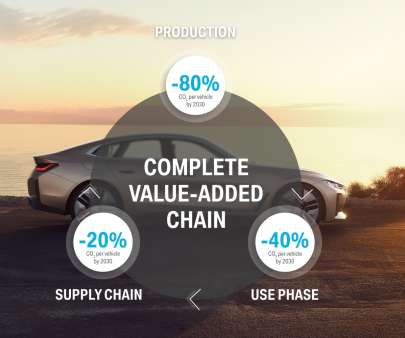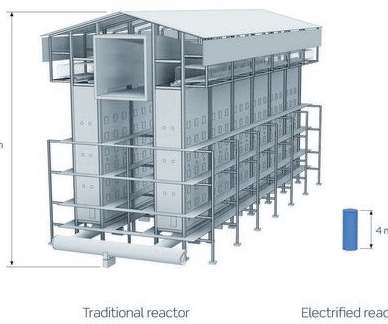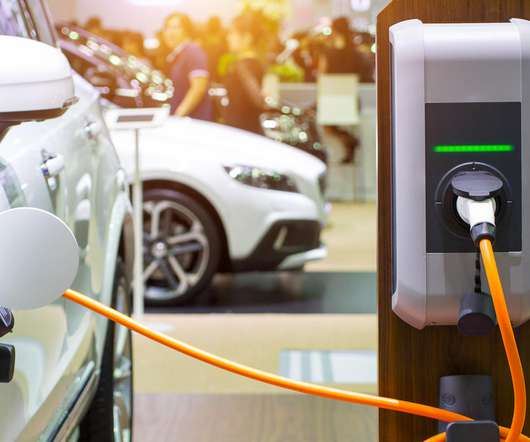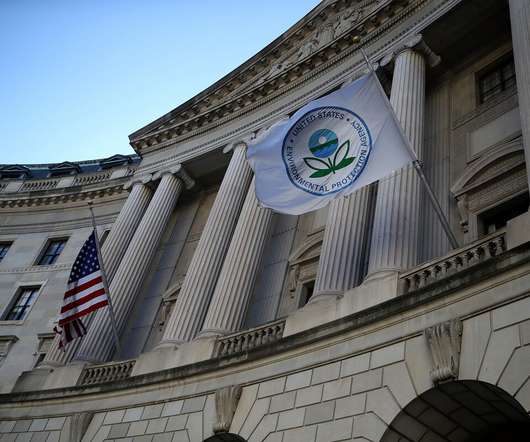UK auto industry warns anti-diesel agenda and slow uptake of EVs could mean missing 2021 CO2 targets; rising CO2 average in 2017
Green Car Congress
FEBRUARY 27, 2018
The UK automotive industry warned that the current anti-diesel agenda combined with the ongoing slow take-up of electric vehicles could mean industry misses its next round of CO 2 targets in 2021, with negative consequences for the UK’s own climate change goals. However, this increase was not enough to offset a -17.1%










































Let's personalize your content